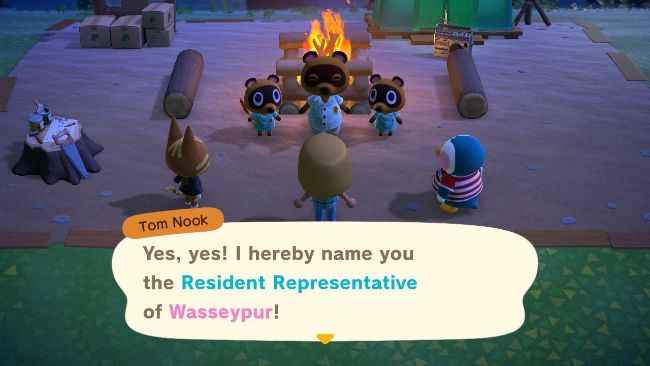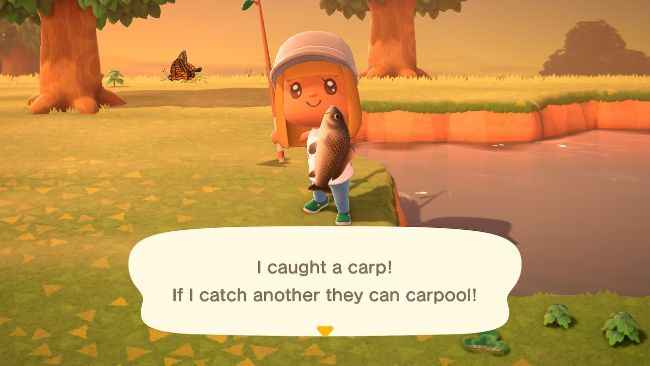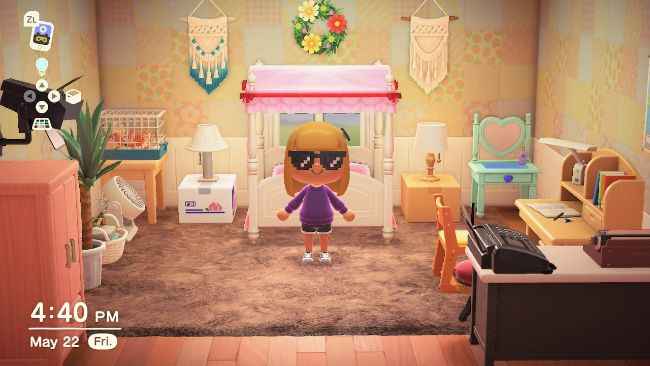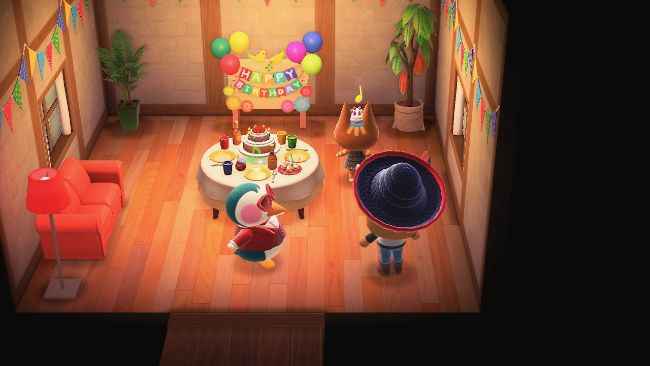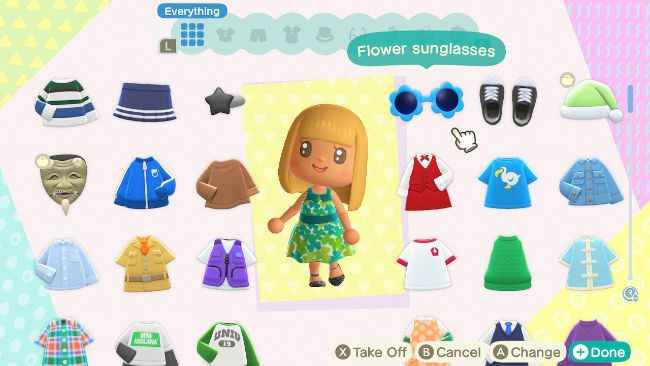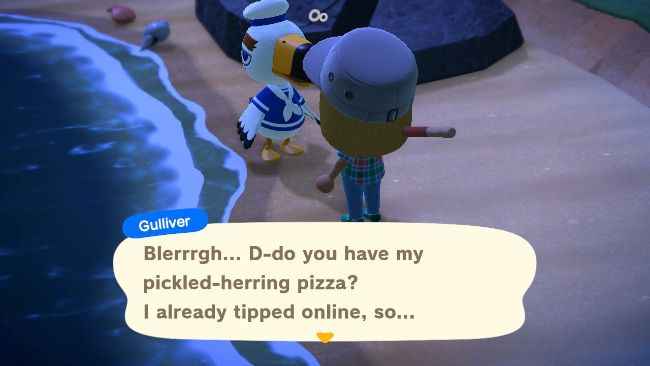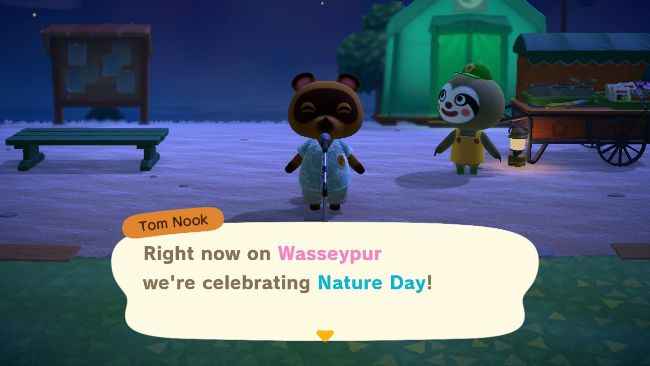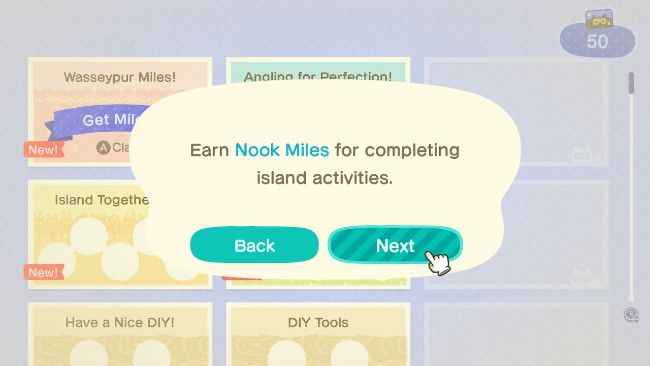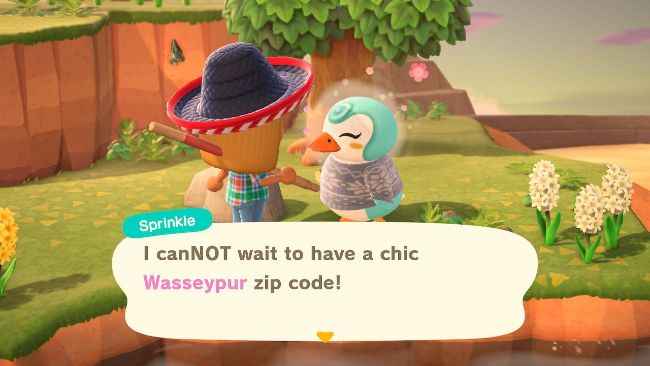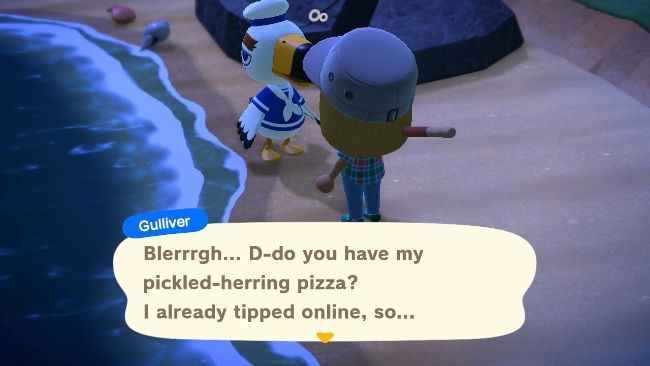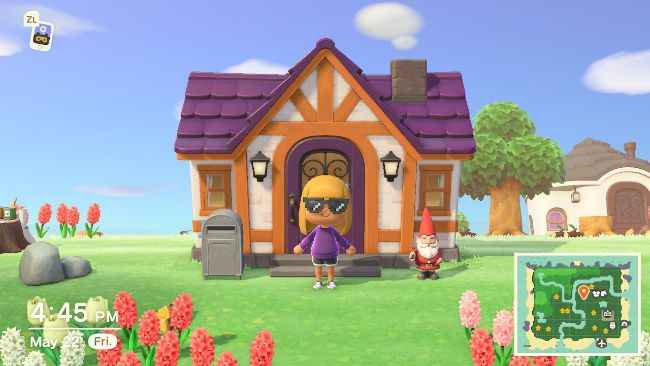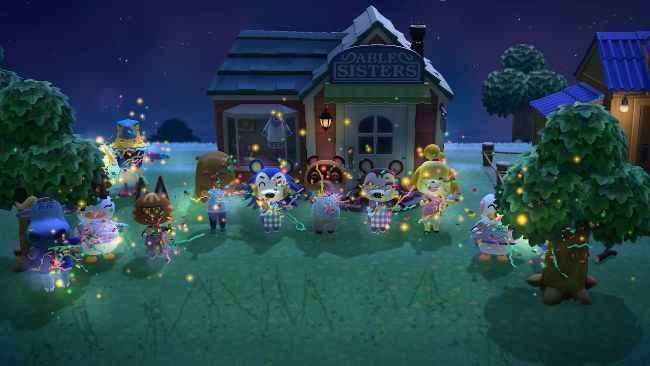Animal Crossing: New Horizons review: If your Goan holiday was a game
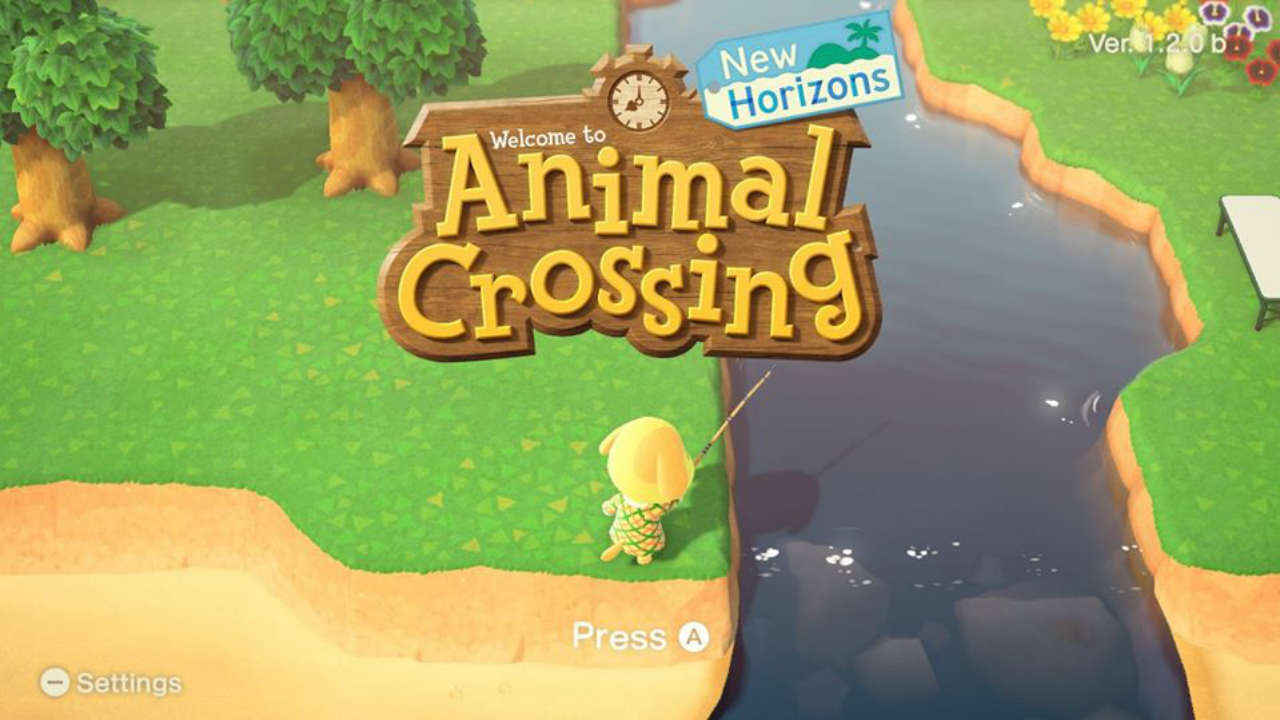
Just before the start of the lockdown in India, my colleagues and I had discussed which game would be the best to play during the lockdown. Three of them picked up Doom: Eternal, a game that is violent, gory, and brutal. So, of course, it got a 9 out of 10 from us. You can read our review of the game here. I, on the other hand, went ahead and purchased Animal Crossing: New Horizons on the Nintendo Switch. A game that is probably the antithesis of Doom. It’s cute, cuddly, and loveable. But is it any good? Read on.
 Survey
SurveyA pretty basic story
Animal Crossing: New Horizons is pretty open-ended when it comes to a story. The game drops you in the middle of a deserted island with a couple of anthropomorphic animals as NPCs. Some of them are your villagers, while some act as quest givers. Your job is to develop the island. You do this by adding more villagers, adding props and items, keeping it clean and so forth. However, all this isn’t free and you will have to spend the in-game currency, Bells, to do all this. You earn Bells from selling items, from holes in the ground and even as presents floating by on balloons. Selling items like fruits, fish and insects will be your primary sources of income.
Bells are also used to pay off your debt. Oh yeah, one of the biggest gameplay loops in the early game is to accrue debt to expand your home. Each time you expand, you need to pay off a home loan, once the loan is paid off, you can get another loan to expand your house even further and fill it with objects that you don’t really need or use. They just look good in your home. But you know that your kitchen or backyard just wouldn’t be complete without that particular item.
As the game progresses, you unlock more abilities that let you do more. Sooner or later, you get the ability to terraform the place into whatever you want. The only problem here is that everything is up to you. The other residents of the island will not be making any decisions regarding its development, which can be quite annoying.
Simple yet pretty
The Nintendo Switch is not exactly a graphical powerhouse. But that does not mean it doesn’t have great looking games. Legend of Zelda: Breath of the Wild (review) and Super Mario Odyssey are proof that you don’t need super realistic graphics to make a great looking game. Animal Crossing: New Horizons joins that illustrious list. It offers colourful graphics that don’t overwhelm the player. Everything is simple and looks as though it jumped out from a child’s colouring book.
The Japanese have a concept called ‘kawaii’, which closely translates to cute. It explains things like Hello Kitty, Pikachu, and anime girls in general. Well, Animal Crossing has kawaii in spades. Everything is so gosh-darned cute. From the various NPCs to the player-generated characters. Not to mention the way they walk, run or react to the world around them.
Everything be so Kwaii
The animation in this game is subtle but incredibly detailed. From something as simple as the way the leaves on trees move when it's windy to the way the water glistens differently depending on the time of day. Each NPC is different, with their own design quirks as well as styles, which are then reflected in the type of homes they have. For example, the museum curator, Blathers the owl, sleeps during the day (as owls do). So if you interact with him while he is sleeping, he will wake up with a start. The game also uses animations as a gameplay device. For example, flowers will slightly glisten to let you know that they have been watered. Your character does an excited little jig when he/she learns something brand new.
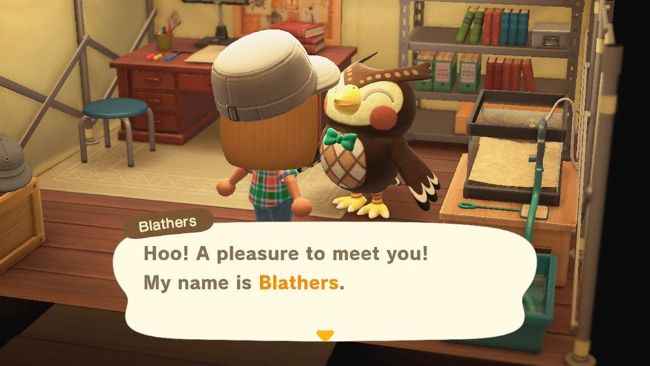
It should also be noted that while Animal Crossing: New Horizons does let you choose between a male or female character. It doesn’t really enforce that gender stereotype. Both sexes look pretty much the same and there is no limit to the hairstyles or clothing that they can wear. So your character can look exactly how you want it to look.
Minimalist audio at its best
Audio is pretty on-point too. The game has a soundtrack that befits its tropical island theme with laid-back, easy-listening tunes that change every hour. The sound effects are also on point with the sound of footsteps changing based on the surface you’re walking on, and the subtle sound of wind and the waves. The game has pretty much no dialogue and thankfully, the foley sounds help keep things on track. A crash of piano keys to express shock, a whistle to signal a mistake or a harp to express delight. As I said before, the game is extremely kawaii.
Gameplay is where it's at!
The first thing you have to know about the gameplay of Animal Crossing games, in general, is that time moves in real-time. So when an NPC tells you to wait till tomorrow for a certain building to be made, they literally mean tomorrow. If there is an in-game event that only happens at night then it will only happen at night. If there is an NPC who is only available between 9AM and 10PM… well, you get the idea.
This dependence of real-world time is a double-edged sword in my opinion. It forces you to take things slow and easy. Animal Crossing is not a game that can be breezed through in one sitting. If you want to play this game the right way, it might take you six months or more to get every collectable there is. This is especially true in the first few weeks where the lack of abilities and items may make the game painfully slow. However, things do pick up after the initial week. Yes, I said week.
Of course, you could just change the time and date on your switch console to fool the game. It’s called ‘Time Travelling’ in the Animal Crossing community and is frowned upon by purists. But it has been a part of the game since the beginning and since Nintendo hasn’t done anything to patch it, I think they are OK with some players doing it. Just for the record, I did NOT time travel while filing this review.
Be ready to slow things down
The slow pace of the game may make it difficult for players to figure out what they want to do in their downtime. For example, the central NPC of the game, Tom Nook, may task the player with gathering a set amount of resources to set up a building. However, once that is done, the building may take 24 real-world hours to finish. So players may have to resort to doing side missions like fishing, catching insects, gathering resources, like wood and stone, or simply talking to their villagers. However, Nintendo made things interesting by adding a secondary in-game currency called Nook Miles. Players earn Nook Miles for doing mundane tasks like catching a set number of fish, or cutting trees or even talking to other characters. These can then be exchanged for the item or even bells. However, the most valuable Nook Miles item is the Nook Miles Ticket. This lets you catch a flight to a remote island via the hilariously named Dodo Airlines. The island gives you the chance to get new resources and even find new villagers that you could then invite to your island.
Players are also visited by special NPCs almost every day. These NPCs may offer unique items such as wallpaper, clothing, works of art, or they may even hand certain quests. All this makes the game ideal for those who like to play games in short bursts, while also giving players the incentive to play every day.
A sense of progression
Progression is marked by unlocking certain abilities. For example, after a week, Blathers might hand you a pole vault recipe, that will let you cross rivers. Another week later and you will get access to ladders that will allow you to access cliffs that were previously inaccessible. Another way to track progression is through the Museum. After your first few days, you get to build a museum. The aforementioned Blathers the Owl is the curator of the said museum and asks you to donate every new fish, insect, fossil or piece of art that you find. Certain fish and insects are only available in certain months at a certain time. Once you catch something new, you can donate it to the museum and watch the collection grow. You can also tour the whole museum and get a sense of accomplishment as you see formerly empty exhibits filled with fauna.
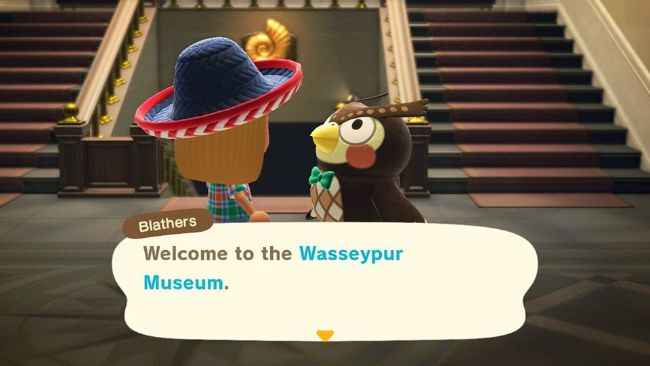
The game also includes a crafting element, which adds a dash-of Minecraft to the whole proceeding. Items and resources that you gather can be crafted into tools or items. Speaking of items, I think the developers have added almost everything in the world to the game and I do not mean that lightly. From telephone poles to giant Godzilla statues, the game has it all. It even has Indian-style squat toilets! All this to make your home perfect. Do note that you can’t really use most of the in-game items. So they are pretty much only cosmetic.
Not quite the island paradise
Of course, it’s not all good. One of the most frustrating things about Animal Crossing: New Horizons is the dialogue pop-ups. Every time your character catches fish, creates an item or tries to sell items, it keeps repeating the same set of dialogue that you cannot skip through. Not only that but the camera is pretty much fixed. Sure you can increase or decrease the height, but it is not a compromise as you sometimes need to rotate the camera. Considering the fact that players get full camera control inside houses, I have no idea why Nintendo did not implement the same outside. There is also no reticle to let you know exactly what your player is looking or aiming at. So you’ll end up digging the wrong patch of land or missing the opportunity to catch that rare insect. And sooner or later, everyone ends up fishing because they are all done with their tasks/chores for the day. In fact, I’m sure fishing made up most of my time in Animal Crossing: New Horizons.
There was also a moment where the penny dropped and I learned that Animal Crossing is a very subtle look at the futility of the consumer-centric modern lifestyle and the insatiable need to buy new things even though there is no practical application in life other than looking great. Only to fall into another debt that you'll have to work off by doing mundane tasks that feel draining and are simply a pathway to another debt just to keep up your facade of style and class.
Verdict
Animal Crossing: New Horizons is not a perfect game by any means. But the cute graphics, sheer variety of things to do, as well as the little details showcase the love the developers put into this game. In a world where developers are striving to create games that are more fast-paced than the one before, New Horizons forces players to slow down and enjoy the little things in life. Just what the COVID-19 infected world needs to learn.
The best way to describe Animal Crossing: New Horizons is to liken it to a holiday in Goa. Sure, it isn’t always wonderful and other places may promise you an action-packed vacation. But sometimes, you just want to sit back, relax and enjoy the simple things in life.
Skoar – 8.5
Moar
Developer: Nintendo EPD
Publisher: Nintendo
Platform: Nintendo Switch
Price: $59.99 (approx. Rs 4,500), Nintendo eShop – USA
